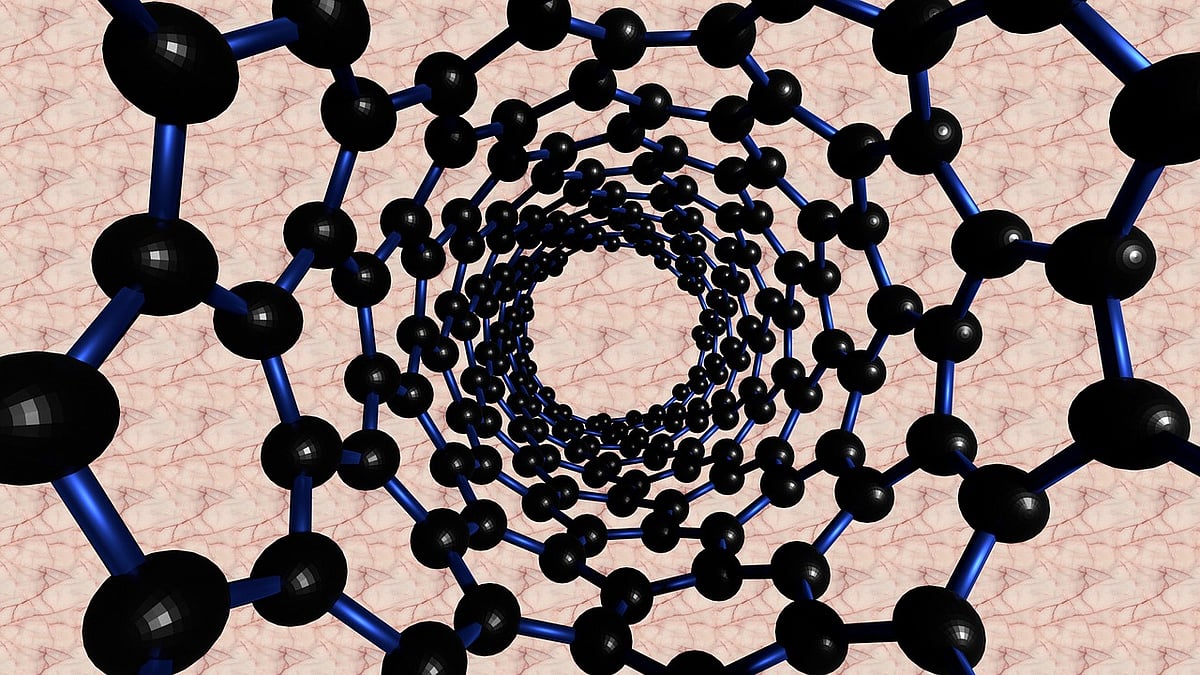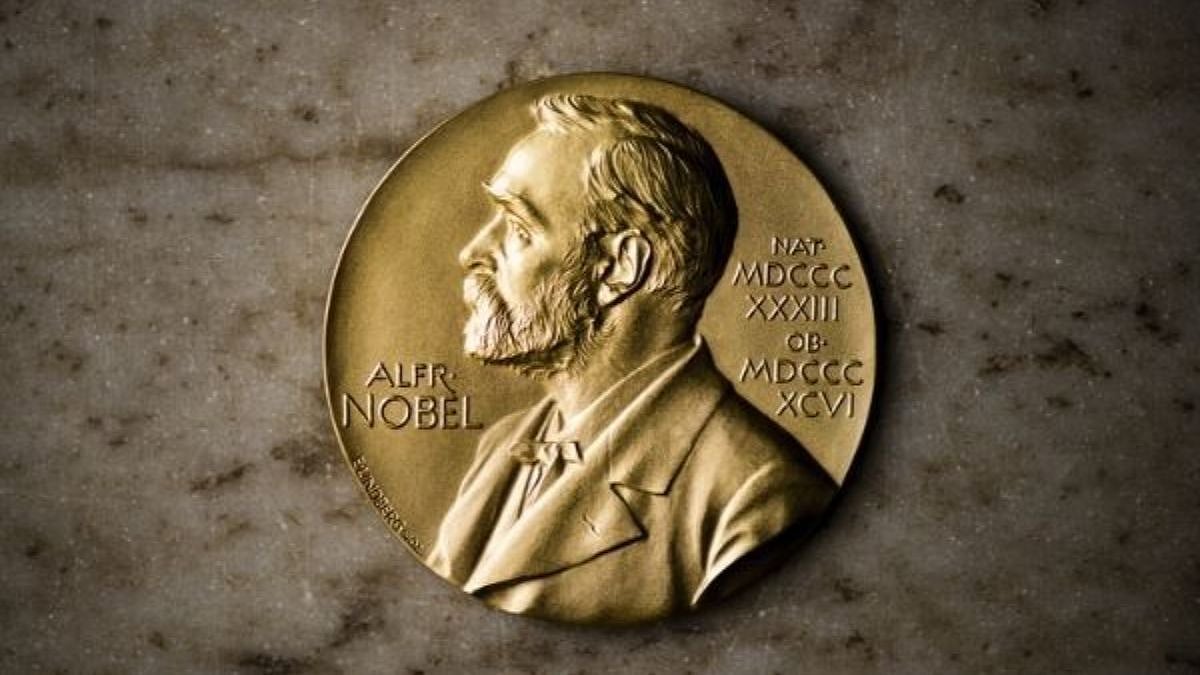Coronavirus pandemic has swept the world and encompassed all inhabited continents. Initial infections were discovered in December 2019 in the Hubei Province of China. On January 10, 2020, the previously unknown pathogen was identified through next generation sequencing as an RNA virus 2. Its genome sequence showed that the novel virus was similar to SARS-CoV, the virus that caused severe acute respiratory syndrome (SARS) in 2002−2003, and it was named SARS-CoV-2. The availability of the entire genome led to the development of PCR kits to diagnose patients suffering with COVID-19.
Now, scientists are using nanotechnology as a method to battle the novel coronavirus. However, one of the questions that has arisen is how it would, given the constant evolution of the virus “Use of nanotechnology is already helping detect various bacteria and viruses (even in those patients with low viral load), so a mutating virus could also be detected. Also, nano-filters are being used to make nano-filtered face masks. So their main objective is to obstruct the transmission of viruses that remain active even after hand wash, etc. Here the mutations won't matter as the main objective is to filter out the virus irrespective of its structure,” says Girish Korde, Director, Profound Healthcare Services.
Explaining nanotechnology, Dr Shailesh Jhawar, Director – Critical Care, Apex Hospitals says, “Nanotechnology is the engineering of functional systems at the molecular level. The field combines elements of physics and molecular chemistry with engineering to take advantage of unique properties that occur at nanoscale.
But how will nanotechnology help in the pandemic? Dr Kaushik De, Healthcare Research & Consulting, Alpha MD, admits that it would be a costly affair, given how the WHO and scientists from across the world are still trying to pinpoint the lifecycle of the virus. “It probably would be a costly affair. But the aerosols (air droplets) or other mutations are theories and could account for a small % of the infected. As you would be aware, for a person to get infected through aerosols - there are multiple factors that need to take place. So despite multiple theories, we see practically that majority of the infected fall in a pattern, and hence there is some level of standardization in terms of diagnosis and treatment for patients. And this pool is huge! So maybe despite the cost factor, it may still be effective in terms of diagnostics and treatment,” Dr De explains
Nano medicine & COVID-19
The nanotechnology community can contribute significantly in the fight against COVID-19. Nanomaterials have been used for the development of point-of-care diagnostics, carriers for therapeutics, and vaccine development.

“Rapid point-of-care diagnostics: Since COVID-19 is highly contagious, rapid point of care diagnostic kits are a necessity as it will be better identification & triaging of patients. They will help in identification of positive cases amongst a large pool of asymptomatic patients,” explains Korde showing how it is used in surveillance and monitoring, therapeutics and vaccine development.
The final of course would be essential as companies and governments across the world are working to develop a successful vaccine. While explaining nanotech and vaccine development, Korde says, “Vaccines are instrumental in preventing disease by boosting the immune system against a pathogen. One vaccine being evaluated is a messenger RNA (mRNA)−lipid nanoparticle vaccine based on the previous studies of SARS-CoV and the Middle East Respiratory Syndrome (MERS).
However, Korde feels that the new norm is how life will be. “We all have to live with this virus for a long time now. The way we function will change drastically with masks, etc. becoming a routine. Speaking about the healthcare industry, probably COVID testing could become a norm like we do our routine blood checks, before going for any medical treatment. Digitization of health records would increase and so will telemedicine in case of few therapy areas. Hospitals would focus on utilizing lesser manpower per patient and increasing their dependence on AI / robotics / digital consulting, etc. Probably we will never go back to the way things were,” he says.









